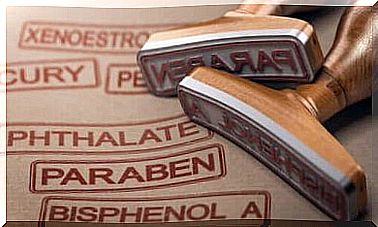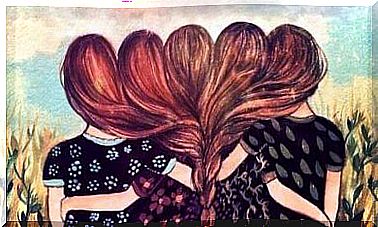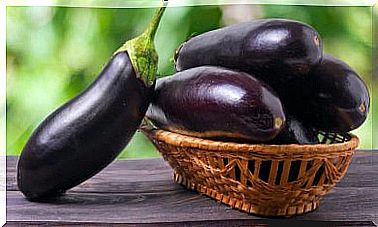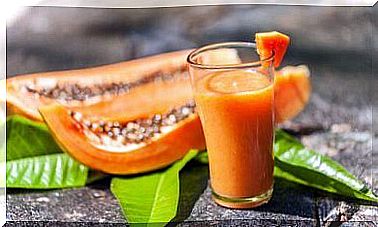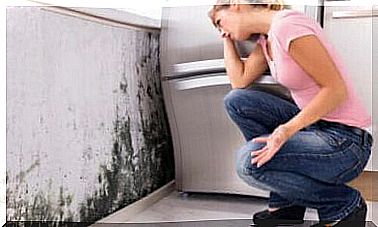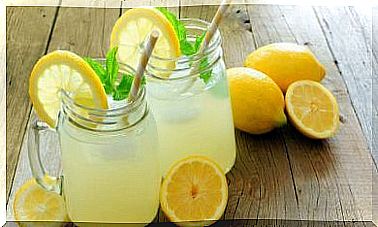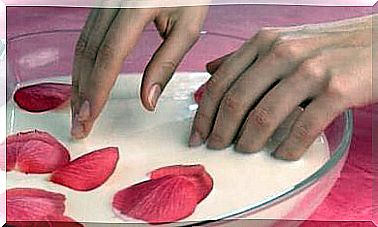Home Media Against A Wasp Sting
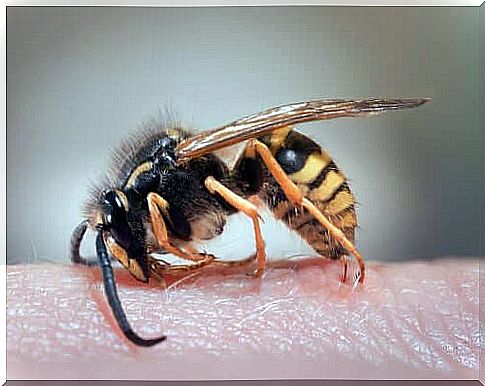
The pain caused by a wasp sting usually gets better on its own after a few hours. However, some people need some help to relieve it since it can be very uncomfortable. Fortunately, as long as there are no signs of an allergic reaction, there is something you can easily fix at home.
If you experience an allergic reaction to a wasp sting, you should seek immediate medical attention as there is a risk of experiencing anaphylactic shock. This is a serious reaction that can cause rash, breathing problems, dizziness and other complications that can end in a death.
Fortunately, this type of reaction is not very common, and most of the time, the discomfort of the sting can be alleviated naturally with some home remedies and basic care. We will mention some useful reliefs below.
Useful remedies for pain caused by a wasp sting
When you are faced with the pain of a wasp sting, it is important to learn the right way to react. The first thing you should do is see if the sting is still stuck in your skin. If it does, you will need to carefully remove it by creating it lightly against the skin with the edge of a bank card.
Furthermore, you should wash the area with warm water and a neutral soap. If you have an antiseptic, this is a good time to apply it. However, what can you do about the pain and swelling? After a few minutes, you may notice burning and pain.
To relieve these symptoms, you can use some remedies with natural ingredients. However, you should remember that they only provide temporary relief and are not always effective. Most come from folk beliefs and there is not always evidence of effectiveness against these symptoms.
Cold covers
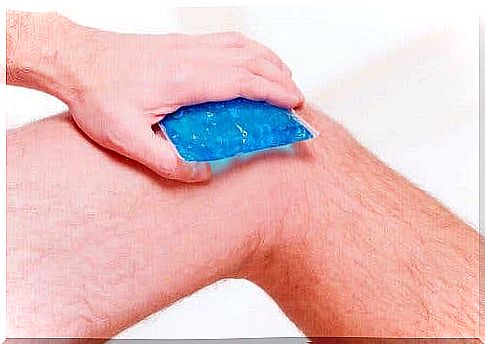
A cold wrap is a great option to reduce the pain caused by a wasp sting. In fact, you should apply it on the affected area as soon as you disinfect it. According to a publication from the Health Library at Rochester University, the cold reduces pain by numbing the affected area of the body. In addition, it helps reduce swelling.
How to use them?
- You have two options for applying this treatment. The first option is to soak a towel in cold water before placing it in a zipper bag and putting it in the freezer for 15 minutes. Furthermore, hold it against the affected area.
- Another option, which is faster than the previous one, is to wrap ice cubes in a towel or cloth. You can now gently massage the area.
Essential oils
To date, there is no evidence that essential oils relieve the pain caused by a wasp sting. However, many people have used them as a sedative and antiseptic remedy.
According to a study published in Evidence-Based Complementary and Alternative Medicine, essential oils have antimicrobial components that help reduce the risk of inflammation.
How to use them?
- To begin with, you can choose from various options such as tea tree, lavender or rosemary oil, all of which are known for their antiseptic and antibacterial properties.
- Once you have chosen, you can mix one to two drops with half a teaspoon of carrier oil, such as olive or coconut oil.
- Furthermore, apply the mixture on the affected area two to three times a day.
Aloe vera gel
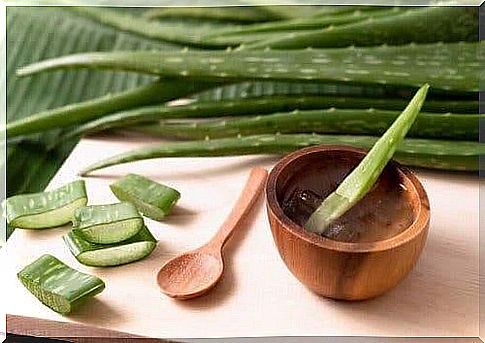
In addition to being a safe ingredient for your skin, aloe vera gel is also a great treatment to reduce inflammation and pain caused by wasp stings.
A study published in the medical journal Pharmacognosy Reviews indicates that aloe vera extracts have anti-inflammatory and antibacterial properties. For this reason, it can relieve your symptoms.
How to use it?
- First, take some fresh aloe vera gel from the plant. Furthermore, you rub it on the affected area for two to three minutes.
- Repeat two to three times daily.
What else can help relieve the pain of a wasp sting?
In addition to the remedies we mentioned above, you can also use other measures to reduce the pain of a wasp sting. According to the Mayo Clinic, you can use hydrocortisone cream or take antihistamines. Both options will help reduce redness and itching.
Non-steroidal anti-inflammatory drugs (NSAIDs) are also a good alternative. Be sure to follow your doctor’s or pharmacist’s instructions if you choose to take NSAIDs. In any case, it is best to seek medical help if the symptoms do not improve or become more severe.
